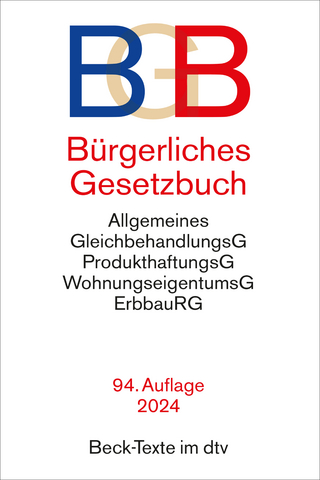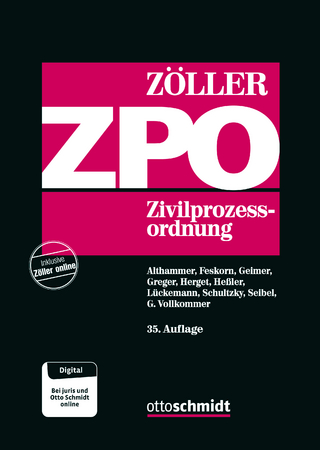
The Mediators' Toolbox for Developing and Asking Questions
Bloomsbury Professional (Verlag)
978-1-5265-0612-2 (ISBN)
- Titel wird leider nicht erscheinen
- Artikel merken
Innovative in its approach The Mediator's Toolbox for Developing and Asking Questions provides mediators with a new model that enables them to manage the relationship between the disputing parties by `drilling' down into their issues and identifying their needs using effective questioning thereby ensuring that the most successful outcome is achieved at the mediation.
Developed by the author, the `S Questions Model' incorporates an extensive range of question types that can be utilised by a mediator before and during a mediation. It has four stages:
S1: Subject Matter Dimension of Questions
S2: Structure Dimension of Questions
S3: Seeking Information Dimension Questions
S4: Shift Thinking Dimension of Questions
Whilst there are several mediation books that include some information about the subject content of questions (S1) and the structure of a question (S2), no books have been written about the use of Clean Language questions as a tool in mediation (S3) or the model or framework that identifies and describes the types of questions that will specifically and strategically shift the thinking and perspectives of parties in mediation (S4). These are completely unique to The Mediator's Toolbox for Developing and Asking Questions.
Split into two parts with Part I looking at the theoretical context for the `S Questions Model' and its applicability to mediation and Part II illustrating how the `S Questions Model' works in practice in mediations, The Mediator's Toolbox for Developing and Asking Questions shows mediators (whether experienced or in training) how to develop and ask powerful questions that shift the perspective and thinking of parties in conflict.
It shows them how to work with integrity in a highly emotional mediation context. It emphasises that mediators will be able to get to the core of a party's conflict by using the emotions displayed by parties to reach their underlying interests, as this is where the most effective and sustainable solutions lie.
The theory behind the question types, why they are asked, how they work, when they are used, and how they are built and applied to mediation are illustrated.
Gerry O'Sullivan is a Mediator, trainer and facilitator with over 30 years' experience in conflict resolution work and training. She delivers mediation training in Ireland and has delivered training internationally in Cuba, Palestine and the U.K. She is certified to mediate across a broad range of sectors. Gerry is trained and certified in Civil and Commercial Mediation, Organisational & Workplace Mediation, Community Mediation, Separating Couples Mediation, International Peace Mediation "Systemic Peacebuilding, Conflict Transformation and Post-War Recovery and Reconciliation" and `Mediation in Post-Conflict Countries'. She has a Diploma in Adult and Continuing Education from the National University of Ireland, Maynooth, Ireland and has a broad range of training capacities: evaluation, `training for trainers' delivery, providing `support and supervision' for trainers and mediators, developing of a training film and adapted training programmes for radio presentation.
Introduction
Part I: The Theoretical Context for the `S Questions Model' and its Applicability to Mediation
Chapter 1: Introduction and Purpose of the 'S Questions Model'
Chapter 2: How We Process and Communicate Information
Chapter 3: Using the Brain in Mediation
Chapter 4: Minimising an 'Avoid-Threat' Reflex
Part II: The 'S Questions Model' in Practice
Chapter 5: The 'S Questions Model' Applied to a Mediation Process
Chapter 6: The 'S Questions Model' in Practice: S1 The Subject Matter Dimensions of Questions
Chapter 7: The 'S Questions Model' in Practice: S2 The Structure Dimension of Questions
Chapter 8: The 'S Questions Model' in Practice: S3 Seeking Information Dimenson of Questions
Chapter 9: The 'S Questions Model' in Practice: S4 Shift Thinking Dimension of Questions
| Erscheinungsdatum | 27.04.2018 |
|---|---|
| Verlagsort | London |
| Sprache | englisch |
| Maße | 156 x 248 mm |
| Themenwelt | Recht / Steuern ► EU / Internationales Recht |
| Recht / Steuern ► Privatrecht / Bürgerliches Recht ► Zivilverfahrensrecht | |
| ISBN-10 | 1-5265-0612-2 / 1526506122 |
| ISBN-13 | 978-1-5265-0612-2 / 9781526506122 |
| Zustand | Neuware |
| Informationen gemäß Produktsicherheitsverordnung (GPSR) | |
| Haben Sie eine Frage zum Produkt? |
aus dem Bereich


